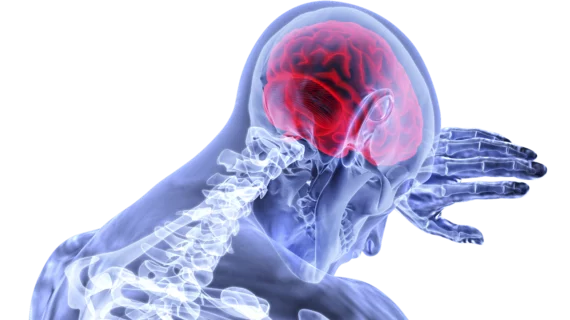FAST stroke recognition program fails to improve TIA and minor stroke response in UK
The Face, Arm, Speech and Time (FAST)-based public education, utilized in several countries to improve stroke symptom recognition, has not improved the response to transient ischemic stroke (TIA) and minor stroke in the United Kingdom, according to research published on July 2 in JAMA Neurology.
“Patients frequently fail to recognize or act on TIA symptoms, either delaying seeking medical attention or not seeking medical attention at all,” wrote Peter M. Rothwell, MD, PhD, of the University of Oxford in the U.K., and colleagues. “The number of potentially preventable early recurrent strokes that consequently go unprevented is unknown, although recent public education campaigns designed to increase recognition of major stroke symptoms might change behavior after TIA.”
The researchers sought to investigate the association of public education with delays and failure in seeking medical attention after TIA and minor stroke.
The study cohort included 2,243 patients with first-time TIA or stroke who sought medical attention between April 2002 and March 2014. Almost 74 percent of the cohort had a minor stroke or TIA. The most notable findings were
- Before the FAST campaign launch, only 59 percent of patients with major stroke utilized nonemergency services. After its launch, 79 percent of patients used nonemergency services.
- Before the FAST campaign launch, first medical attention was obtained within three hours in almost 68 percent of patients. Post the launch, 81 percent of patients obtained first medical attention within three hours.
- Before the FAST launch, only 22 percent of patients sought medical attention from emergency medical services (EMS). Post the launch, almost 31 percent of patients sought medical attention from EMS. The researchers noted this change was not significant.
- 188 patients had a stroke within 90 days of their initial TIA or stroke—half followed unheeded TIAs for which no medical attention was sought. This was similar for before and after the FAST campaign launch.
“This study suggests that in contrast to major stroke, extensive FAST-based public education has not improved the response to TIA and minor stroke in the United Kingdom, emphasizing the need for campaigns that are tailored to transient and less severe symptoms,” Rothwell and colleagues wrote.

